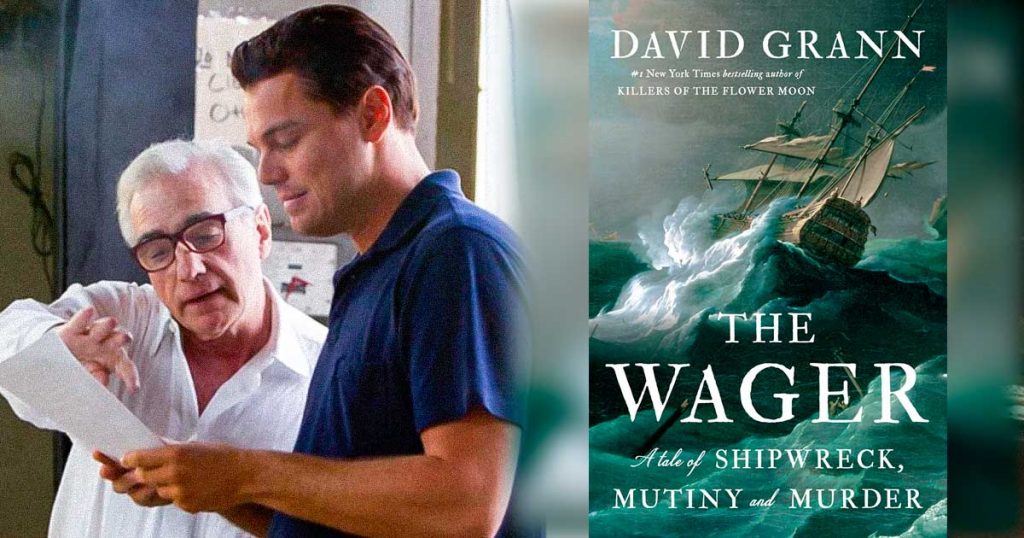
The rest of “The Wager” pieces together what happened, or at least seems to have happened.

They explained that the Wager had run aground on a rocky island off the coast of Patagonia, and recounted setting out on a boat cobbled from the wreckage that would carry them the nearly 3,000 miles to Brazil.

Wager, a British man-of-war that had left England nearly a year and a half before, part of a squadron that had been tasked with capturing a Spanish galleon filled with treasure.

28, 1742, a battered vessel carrying 30 men washed up on the shore of Brazil. He sets up his story as a mystery, beginning with an old-fashioned author’s note on how, even if he did not “see firsthand the acts of deceit and murder,” he had made his way through “the participants’ conflicting, and at times warring, perspectives.” The structure of “The Wager” is simpler, though the material that Grann has to work with is again unwieldy. The three narrators of Faulkner’s novel helped Grann realize there could be three points of view in his own book - each section revealing another layer to the story, assembling a three-dimensional portrait from official records and what Faulkner called “a few old mouth-to-mouth tales.” When he worked on “ Killers of the Flower Moon” (2017), his superb book about a spate of murders of Osage people in the 1920s, he struggled with the welter of research he had accumulated until he read William Faulkner’s “Absalom, Absalom!” for the first time. Whether Grann is writing about the search for a giant squid or the presidential campaign of John McCain, you get the sense that he doesn’t dare to set sail with a narrative until he feels like he has gotten the fundamental structure right.

Only an impeccable design will keep everything moving. It should be resilient yet nimble enough to withstand the unpredictable waters of readers’ attentions and expectations. A vessel freighted with historical controversy, tangled facts and monomaniacal characters needs to be structurally sound, containing and conveying its messy cargo. There were multiple moments while reading David Grann’s new book, “The Wager,” about an 18th-century shipwreck, when it occurred to me that the kind of nonfiction narratives The New Yorker writer has become known for share something essential with a sturdy ship.


 0 kommentar(er)
0 kommentar(er)
